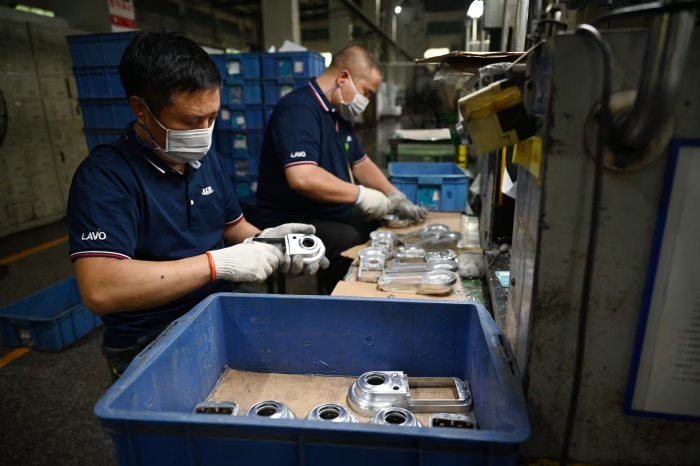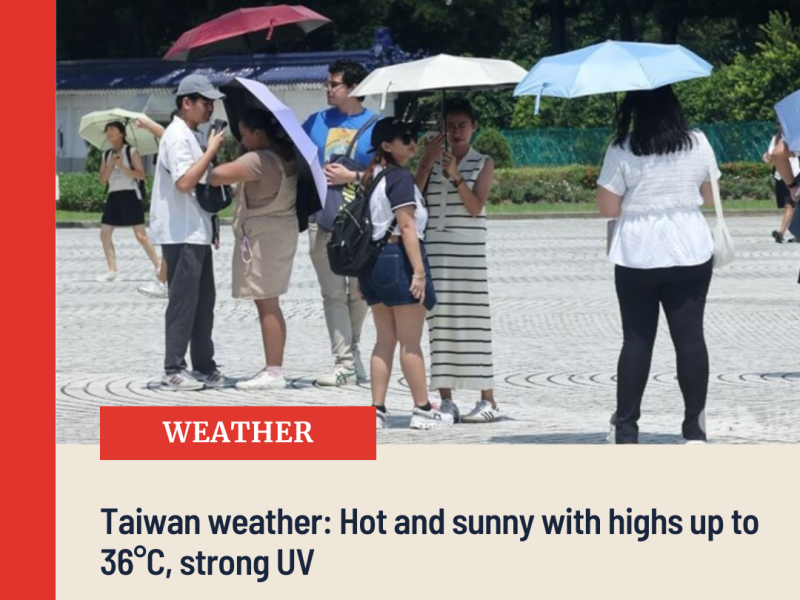SINGAPORE — Manufacturing activity in much of Asia contracted in June 2025, signaling a continued slowdown in the region’s economic momentum as uncertainty surrounding U.S. trade tariffs and weak global demand weigh heavily on output and confidence.
According to S&P Global’s latest survey, most major Asian economies reported Purchasing Managers’ Index (PMI) figures below the crucial 50-point threshold, which separates expansion from contraction. The data highlights growing concerns that the region’s manufacturing sector may face deeper challenges if trade tensions with the United States persist and demand from key markets, including mainland China, remains subdued.
📉 Manufacturing PMI Results: Signs of Contraction Dominate
-
Taiwan: PMI dropped from 48.6 in May to 47.2 in June, reflecting falling factory activity amid softer external demand.
-
South Korea: Rose slightly to 48.7, but still indicates contraction.
-
Japan: Inched up to 50.1, its first expansion in 13 months, but new orders declined, suggesting lingering fragility.
-
Indonesia: Fell from 47.4 to 46.9, marking the steepest contraction in Southeast Asia.
-
Vietnam: PMI plunged further into contraction territory, signaling persistent strain in the export-dependent economy.
-
Malaysia: Slight improvement to 49.3, but still below the growth threshold.
🌟 Bright Spot: India Leads the Region
Amid the broader downturn, India emerged as a regional outlier, with its PMI surging to 58.4 in June from 57.6 in May—a 14-month high. The expansion was fueled by a spike in international sales, prompting record-breaking hiring in the manufacturing sector. India’s strong performance contrasts sharply with its regional peers and provides a rare boost to investor confidence.
📊 China’s Recovery Still Fragile
China’s Caixin Manufacturing PMI rose from 48.3 to 50.4, marking a return to expansion. However, economists remain cautious. Qu Tianshi, an economist at Bloomberg Economics, noted that while the U.S.-China tariff truce contributed to the rebound, soft employment and inventory levels indicate lingering concerns about what happens when the truce expires in mid-August.
💬 Policy Implications: Focus Shifts to Growth
With manufacturing in many Asian economies contracting, analysts say policy easing may accelerate. Tandon, an economist at Capital Economics, stated:
“With growth concerns outweighing inflation risks, we expect most Asian central banks to maintain or even intensify monetary easing, surpassing current market expectations.”
This sentiment suggests that fiscal and monetary authorities across Asia may be forced to shift focus from inflation management to economic stimulus, especially as global trade remains uncertain.
🇪🇺 Europe Shows Signs of Stabilization
While Asia struggles, European manufacturing appears to be stabilizing. The eurozone’s PMI edged up to 49.5, its highest level since August 2022.
-
Ireland saw a 37-month high,
-
Greece, Spain, and the Netherlands recorded PMIs above 50,
-
Germany’s PMI, although still below 50, reached its best reading since August 2022.
📌 Outlook: Trade Talks and Stimulus Are Key
With global demand weakening and U.S. tariff uncertainty clouding forecasts, Asia’s economic outlook hinges on two key developments:
-
Breakthroughs in trade negotiations with the U.S., and
-
Domestic policy responses to reignite growth.
Until then, the region’s manufacturing sector is likely to remain under pressure, with ripple effects extending to employment, investment, and export performance in the second half of 2025.



